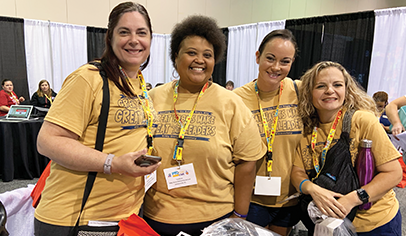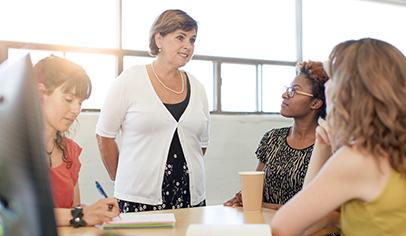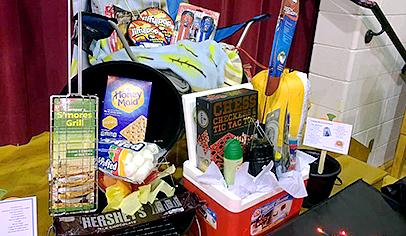“Community” is such a vague term. I use it all the time when I discuss what the best PTOs and PTAs bring to their schools, but I guess I’ve never really defined what I mean.
Community in school terms is what turns an imposing pile of bricks with books and teachers inside into a haven where kids want to go and where they can grow and thrive. Community is what allows a teacher to do his or her very difficult job with renewed passion each year.
While great principals administer and great teachers teach, the best PTOs and PTAs work on creating and supporting and maintaining the spirit of community that makes the school a special place. Those same PTOs and PTAs do a lot more, as well, but I believe that the parent group role in building community is more important today than ever before.
Take a look around—do the trends you’re seeing with schools seem likely to build community? Contentious contract negotiations. Budget debates. Principals turning over faster than in years past. High-stakes testing. Not exactly the kind of stuff that creates a sense of community in schools.
And that’s where your PTO or PTA can fill the void. While you may not teach reading, you can certainly help create the atmosphere in which a talented reading teacher can do her work well. While you’re definitely not solely responsible for how your school is perceived by parents and students, you can add community touches that make even the grumpiest principal’s school feel warmer for all.
How? The good news is that creating community is done best by doing some PTO and PTA basics well. You don’t have to move mountains.
Start with your communications. From the first day of the school year through all of your newsletters and flyers, talk about community and use “us” and “we” to refer to all the parents and families at your school. Take the time to be a bit more welcoming in your communications.
Think about doing away with dues. It’s certainly a lot easier to talk of a communal effort (and “we’re all in this together”) if you don’t first have to charge parents to be a part of that community.
Put more attention on fun, folksy, and free family events and family efforts. Events that attract and serve families are the building blocks of creating connections among parents and between parents and teachers. It’s absolutely good for your school and students if—when trouble does arise (kids being kids or otherwise)—the adults already know one another from your community events.
Fundraise less. I know you likely need the funds to operate and you support some key initiatives with your dollars, but do all you can to make sure your group isn’t all about fundraising. Hitting people up for money does not lend itself to community. (Bonus secret: Groups with a higher community quotient actually do better when it does come time to fundraise.)
Finally, appreciate teachers. A lot. I think they deserve it, but even if you disagree, finding small ways and big ways to celebrate and serve teachers can serve your group, your school, and your students so well in the long run. Support teacher supply wish lists (check out TeacherLists.com); make Teacher Appreciation Week a big deal; have a teacher appreciation committee. If you can inspire and reenergize and motivate teachers, your school will be a better place.
On their own, none of these steps are monumental. But if your group can be the catalyst in creating community at your school, then these steps together can have a powerful, positive impact on all your teachers, all your administrators, all your families, and all your students for years to come. And that’s what it’s all about.

























